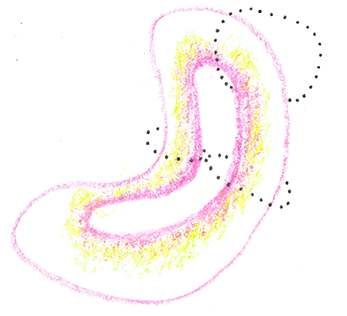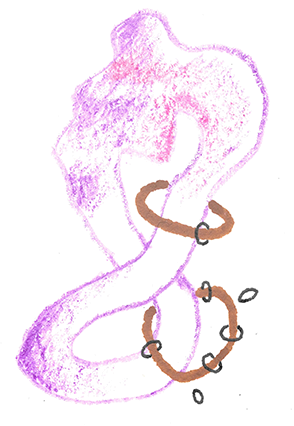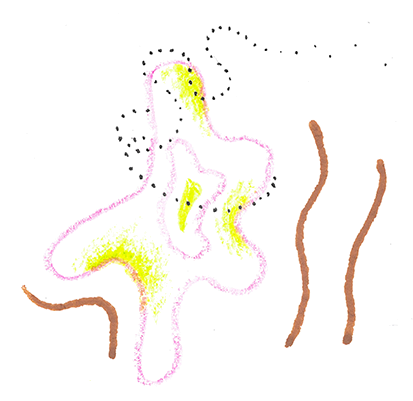How our social systems can be considered alive and reproduce their value essences
It is quite hard to define life. Taken a systems lens, one way to define biological life is the characteristic of a system to maintain itself and reproduce the conditions for its emergence. We give this characteristic the name Autopoiesis (translating to self-recreation). While this term was introduced by Chilean biologists Humberto Maturana and Francisco Varela to describe natural systems in 1972 with the title “Autopoiesis and Cognition - The Realization of the Living” (link here), Niklas Luhmann transferred this theory to the social realm, showing that social systems portray characteristics of living systems as they are self-organizing and self-reproducing (Albert 2016).
Why is the concept of autopoiesis relevant? Autopoiesis is one way to define a deep characteristic of living beings. If we believe that social systems are autopoietic, we may realize that our social systems gain life force on their own. They hold a certain energy that seeks to reproduce themselves. While a mechanical factory that produces cars is not autopoietic in itself, it changes when humans come into play. The humans that work in the factory. The humans seek to keep the factory running because they want to keep their jobs. There arises a social system in relationship to the factory that will develop new social containers and trading networks to sustain the factory. All the sudden, the social system surrounding the factory wants to maintain itself and reproduce or uphold the conditions for its own emergence.
We can think of the essence of our social systems as the code from which social and physical structures arise, which conditions how labor and actions arise. Such essences can be called 🔮 ontological primitives.

The autopoietic nature of thought structures
The effect of autopoiesis can be seen in reductionist science. Reductionist science’s fundamental action is to fragment the whole to a simple unit of analysis. As a result, such science recreates itself by fragmenting us in our thoughts and beings, alienating us from meaningful connection with our whole selves. I claim that such patterns of recreation can be observed in our thoughts as well as in the ways institutions sprout from the seed of fragmentation. As an autopoietic sociopolitical system, institutions will naturally tend to reproduce themselves and stabilize their existing power structures. Even an educational institution that organizes itself around understanding students’ needs and visions will undermine its own aims through the dynamics of its many unexamined thought structures (Santen 2021, p. 16).
📝 Notes: self-referential reproduction of social systems
From a conversation with Dhara patel on LinkedIn: I resonate with your insights to reflect on the values embedded in our work. I have found that knowing the term “ontological primitives” is helpful in encapsulating the importance of “values, purpose, and the sense of the sacred” as the essence that resurfaces throughout the projects/structures we create - and especially once our projects take off on their own; gain life force. For instance, we might build a structure (app/company) with the intention of earning fruits (human connections based on creativity). The fruits bring new energy and life to the world. The new sprouts contain a seed with a similar DNA (essence = ontological primitives) from which the structure (or tree) has grown. Since the power of the seed or essence cannot always be seen at first glance in all parts of the tree, it helps to have the awareness that the essence of our work will eventually re-appear in the next structures that grow from the seeds in the new fruits.
Santen, L. (2021). Holistic engineering and a renewed science of holism for a thriving world (🔮 Undergraduate thesis).
~ •• • •• ~


